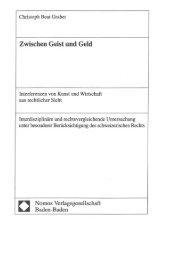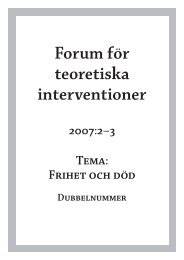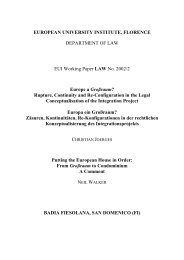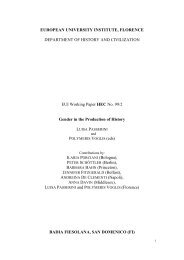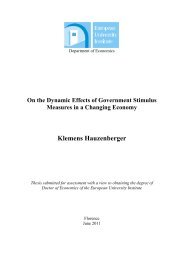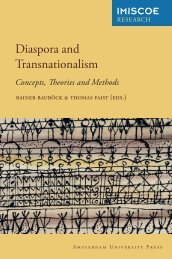Sinziana-Elena Poiana Ioana Lupea Irina-Madalina Doroftei Alina ...
Sinziana-Elena Poiana Ioana Lupea Irina-Madalina Doroftei Alina ...
Sinziana-Elena Poiana Ioana Lupea Irina-Madalina Doroftei Alina ...
Create successful ePaper yourself
Turn your PDF publications into a flip-book with our unique Google optimized e-Paper software.
Transylvania, a border region - historical considerations<br />
Hungarians represent the largest ethnic minority in Romania. 1,431,807 ethnic Hungarians were<br />
registered at the 2002 census, which meant 6.60% of the country population, 200,000 less than the<br />
previous census, i.e., 1992. The loss of almost 200,000 ethnic Hungarians registered is due to<br />
migration, between 55,000 and 67,500 ethnic Hungarians have emigrated, mainly in Hungary Some<br />
investigations cited by Levente Salat claimed that at least half of the registered loss (approximately<br />
100,000) was caused by the negative natural increase, various forms of assimilation being<br />
included(Salat, 2007). The remaining part of the loss is attributed to the changes in the methodology of<br />
the 2002 census as compared to the one in 1992 (Salat, 2007).<br />
The largest Hungarian community lives in Transylvania, especially in Harghita (84.61%), Covasna<br />
(73.81%) and Mures (39.26%) counties, the former Szekler Land in Middle Age (see map below,<br />
Figure 2)<br />
Counties Total Hungarians % Romanians %<br />
Covasna 222,449 164,158 73,8 51,790 23,3<br />
Harghita 326,222 276,038 84,6 45,870 14,8<br />
Mures 580,851 228,275 39,3 309,375 53,3<br />
Table . The Romanian census of 2002<br />
Historically, Transylvania, a region inhabited mainly by Romanians, Hungarians and Germans, was at<br />
times an autonomous principality, or it belonged to different national or supranational units. Levente<br />
Salat notices that, during the first half of the 20th century, Romanians and Hungarians exchanged<br />
three times the role of majority and of minority within Transylvania.<br />
Image: The map of the Szekler Land<br />
56<br />
After the Second World War, the ethnic<br />
Hungarians in Romania made an attempt<br />
to obtain the individual and collective<br />
rights they were promised on the occasion<br />
of the 1918 Union, when Transylvania<br />
became an integral part of Romania. The<br />
coming to power of an international<br />
Communist regime brought about hope,<br />
and in 1952, the Romanian Popular<br />
Republic designated, under the pressure of<br />
Moscow’s autonomous policies, the<br />
Hungarian Autonomous Region, which<br />
was later abandoned in 1968 as a result of<br />
an administrative-territorial<br />
reorganization. After Bucharest<br />
abandoned Moscow’s policy favorable to<br />
minorities, and turned towards<br />
Nationalism – Communism, ethnic<br />
Hungarians living in Romania became<br />
"cohabitant nationalities" or "Hungarianspeaking<br />
Romanians", a kind of second-



